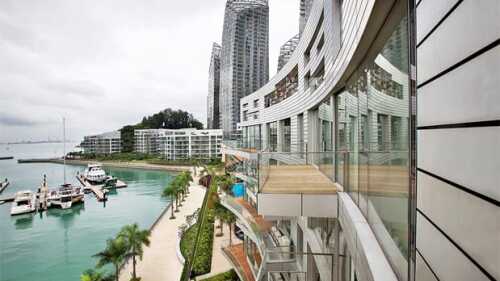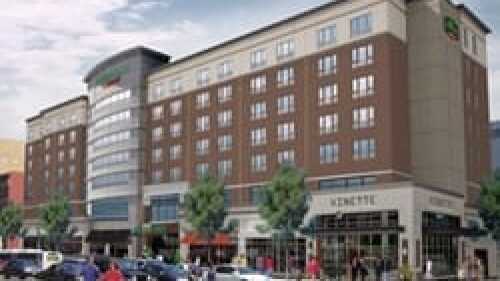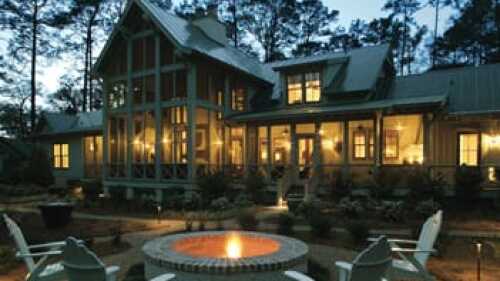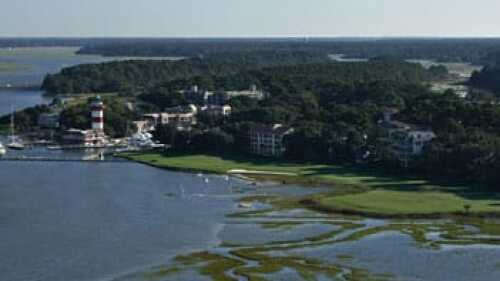Hotels and Resorts
Natural assets, combined with inventive design, help transform a global gateway.
With the world economy struggling and Europe facing deteriorating political, financial, and social conditions, participants at the ULI Japan Summer Conference in Tokyo speculated about the potential of the island nation as an international financial center and destination.
Following the resort bust in 2008, many developers, investors, and lenders in the condo-hotel market were left with broken projects. However, they can minimize their losses by converting those properties into traditional hotels or by selling or renting them as multifamily units.
The Arizona Biltmore, often called the “Jewel of the Desert,” was awarded the ULI Heritage Award for architectural integrity, landscaping, and high quality of service in 1997. Through the hotel’s 83-year history, its owners have been able to maintain the Frank Lloyd Wright–influenced vision that made the resort famous.
As long as lenders keep a tight grip on their wallets, the much-anticipated trend toward smaller houses probably won’t materialize, according to data presented at the NAHB’s recent annual convention.
Once the butt of jokes by late-night comedians, Newark now has building cranes dotting its skyline—proof that the Garden State’s largest city is experiencing something of a renaissance.
People are resuming travel. In some spots hotels are trading at prices that are above where they were in 2007. New York City just experienced record hotel occupancy rates this past May. As long as the market did not get overbuilt, hotels are coming back, says Greg Cory, principal of San Francisco–based Land Use Economics LLC and chairman of ULI’s Recreation Development Council. However, areas that got overbuilt are predicted to take longer to recover.
The Sea Pines Resort in South Carolina, which received the ULI Heritage Award in 1995, has influenced planned communities and the way projects work to balance nature and development
Six members of ULI’s Recreational Development Council discuss what is affecting their market, including the prospects for the resort and vacation home industry in an uncertain economy, the mind-set of potential buyers, the changing nature of second-home products, and strategies for navigating the challenges ahead.
With hotel performance wavering nationwide and new FDIC regulations setting strict capital requirements for lenders, developers are having trouble locating funding for proposed projects.









